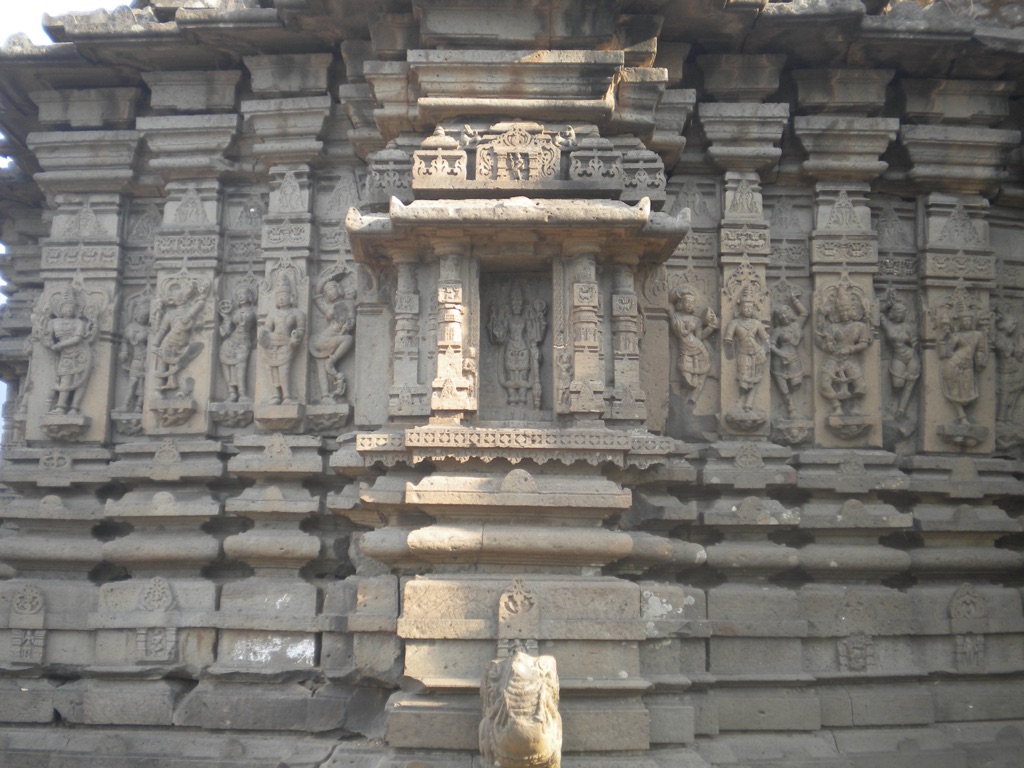The Kedareshwar Temple, a historical marvel, stands as a testament to ancient Indian architecture and spirituality. Nestled in the Sahyadri range of the Western Ghats, it is part of the Harishchandragad fort complex in Maharashtra, India. This temple is renowned for its monolithic Shiva Linga, which is surrounded by water. The structure’s age and the elements have given it a mystical aura, attracting both devotees and history enthusiasts alike.
Get your dose of History via Email
Historical Background of The Kedareshwar Temple
The Kedareshwar Temple’s origins trace back to an era when the Rashtrakuta dynasty reigned, around the 8th century. Its discovery, however, is not attributed to a single individual but to the collective rediscovery of Harishchandragad over time. The temple is a dedication to Lord Shiva and is one of the lesser-known yet significant legacies of ancient Indian craftsmanship. The Rashtrakutas, known for their patronage of art and culture, likely commissioned the temple’s construction.
Over the centuries, the temple has witnessed various dynasties and rulers. The Yadavas and later the Marathas had control over the region, each contributing to the temple’s history. It has not been the scene of major historical events but has remained a place of continuous worship. Despite the wear of time, the temple’s spiritual significance has endured, drawing pilgrims who brave the rugged terrain to seek blessings.
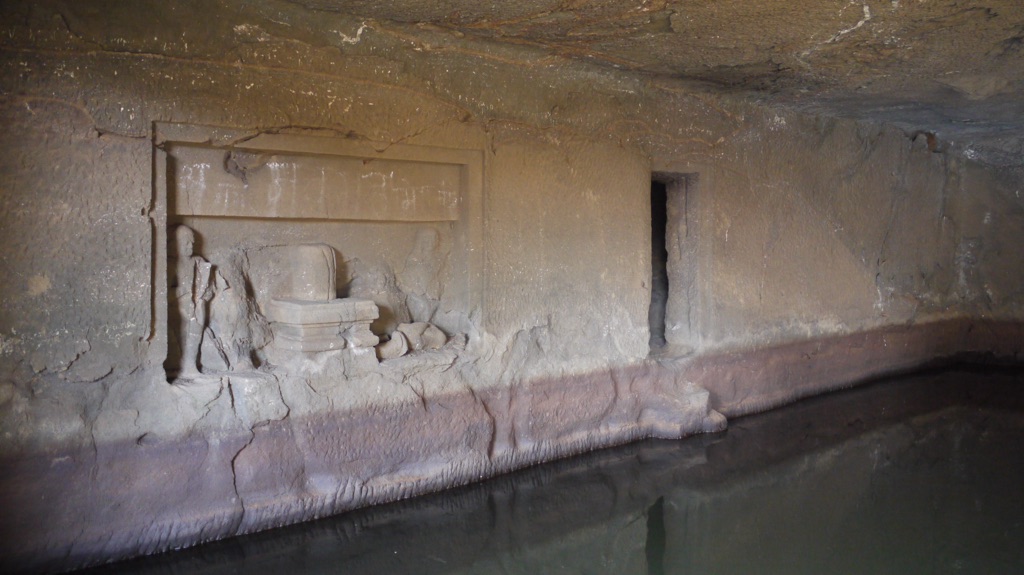
The temple’s architecture suggests that it was built in a style consistent with the Hemadpanti architecture, named after Hemadri, also known as Hemadpant, a minister during the Yadava dynasty. This style is characterized by the use of locally sourced materials and simple yet strong construction techniques. The temple has stood the test of time, surviving the harsh weather conditions of the region.
One of the most intriguing aspects of the Kedareshwar Temple is the massive Shiva Linga, which remains perennially submerged in water. The water’s source remains a mystery, as it seems to maintain a constant level regardless of the seasons. This feature has added to the temple’s allure and the sense of mystery that surrounds it.
While the temple is not inhabited, it serves as a spiritual retreat for those who visit. The journey to the temple is as much a pilgrimage as it is a trek, with the path leading to it being as ancient as the temple itself. The Kedareshwar Temple continues to be a symbol of the enduring legacy of India’s ancient civilizations and their architectural prowess.
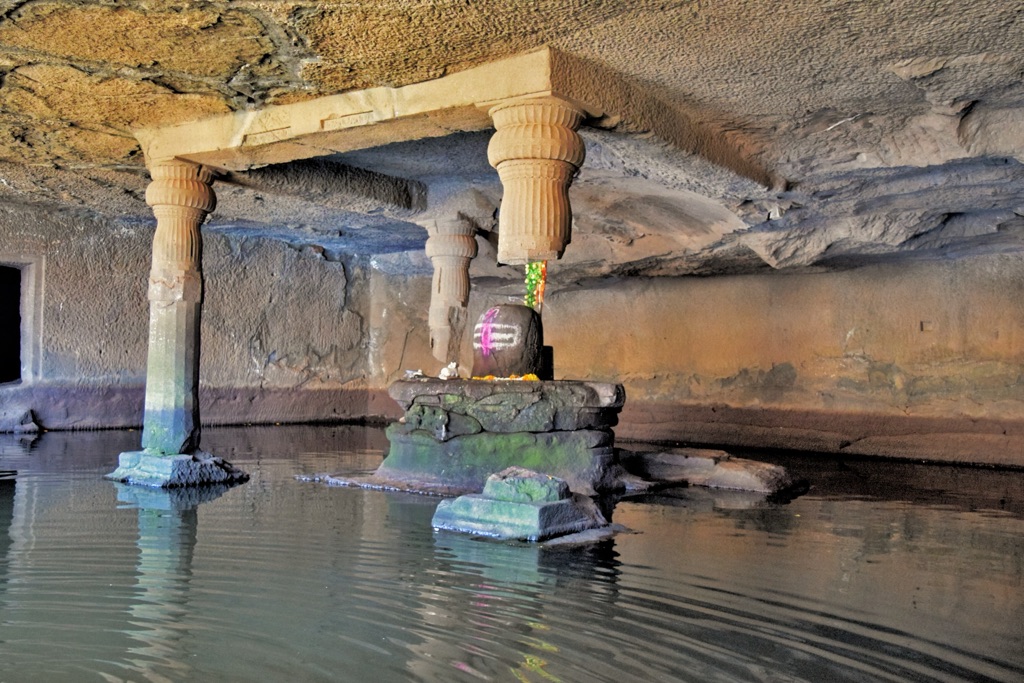
About The Kedareshwar Temple
The Kedareshwar Temple is a monolithic marvel, carved directly out of the basalt rock of the Western Ghats. Its main attraction is the giant Shiva Linga, which stands at over five feet tall. The Linga is enshrined within a cave, with the temple structure built around it. The cave is naturally formed, and the temple’s construction complements its contours.
The temple’s design is simple yet profound, with the rock-cut architecture reflecting the ingenuity of its creators. The use of basalt, a volcanic rock, indicates the builders’ understanding of the material’s durability. The temple has a single entrance, leading to the sanctum where the Shiva Linga is housed. The entrance is flanked by pillars that have withstood the ravages of time.
One of the most distinctive features of the temple is the roof, which has a large hole directly above the Shiva Linga. This architectural element is thought to have astronomical significance, aligning with certain celestial events. The hole also allows natural light to illuminate the Linga, creating a play of light and shadow that adds to the temple’s mystical ambiance.
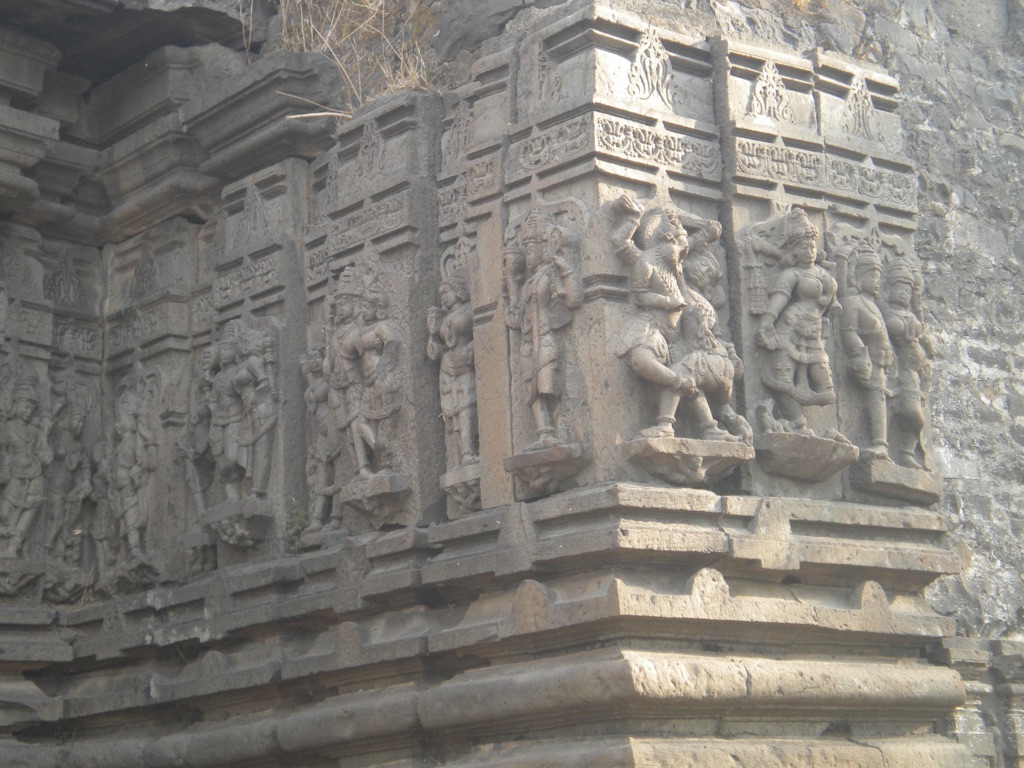
The temple’s construction technique is a marvel in itself. The builders employed interlocking stones and gravity to hold the structure together, without the use of mortar. This technique has ensured the temple’s longevity, as the structure flexes and adjusts to the natural movements of the earth, preventing cracks and collapses.
The Kedareshwar Temple’s location within the Harishchandragad fort complex suggests its strategic as well as spiritual importance. The fort, perched atop the Western Ghats, offers panoramic views of the surrounding landscape, making the temple not only a place of worship but also a vantage point of natural beauty. The temple’s blend of spiritual and natural elements makes it a unique heritage site.
Theories and Interpretations
The Kedareshwar Temple has been a subject of fascination for historians and archaeologists alike. The most prominent theory about the temple is its association with the Rashtrakuta dynasty, known for their patronage of religion and the arts. The temple’s architectural style and iconography are consistent with this period, suggesting its origins in the 8th century.
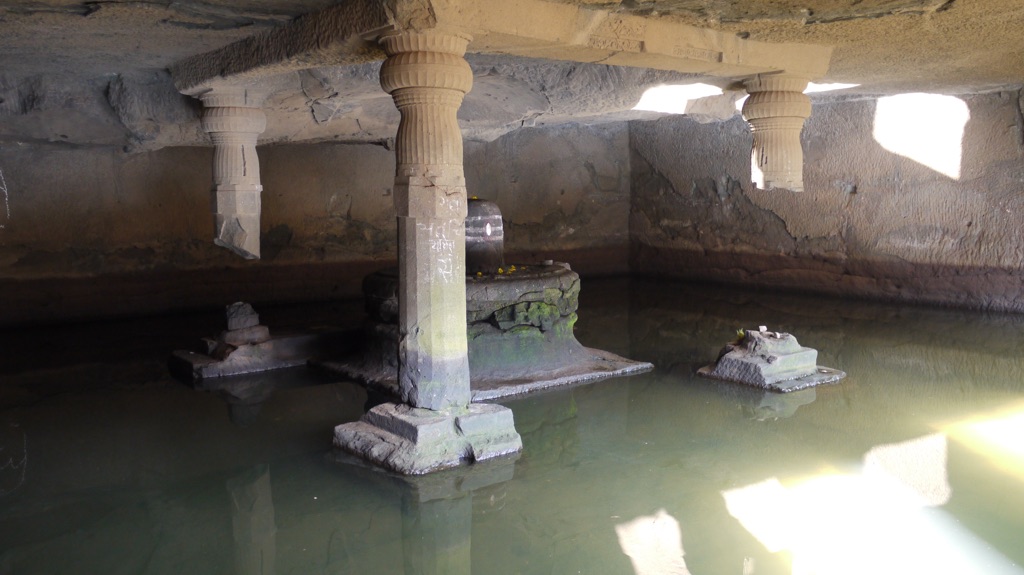
The purpose of the temple is clear – it was a place of worship dedicated to Lord Shiva. However, the significance of the Shiva Linga being surrounded by water is a matter of interpretation. Some believe it symbolizes the eternal nature of Shiva, with water representing the life-giving force of the universe. Others see it as a representation of Shiva’s abode, Mount Kailash, which is often depicted as surrounded by the cosmic ocean.
The constant water level in the cave, regardless of the seasons, has puzzled many. Some theories suggest an underground water source, while others propose a sophisticated ancient water management system. This aspect of the temple remains one of its most enduring mysteries, and further research may shed light on this enigma.
Archaeological studies have employed various dating methods to ascertain the temple’s age. Carbon dating and stratigraphy have been used to analyze the artifacts and sediment layers, providing insights into the temple’s construction period. These studies have reinforced the belief that the temple dates back to the Rashtrakuta era.
The temple’s astronomical features, such as the hole in the roof, have led to theories about its use as an observatory. Some researchers suggest that the temple’s design aligns with specific celestial events, which may have had religious significance. This interpretation adds another layer to our understanding of the temple’s multifaceted role in ancient times.
At a glance
- Country: India
- Civilization: Rashtrakuta Dynasty
- Age: Approximately 8th century AD
Conclusion and Sources
- Wikipedia – https://en.wikipedia.org/wiki/Kedareswar_Temple

